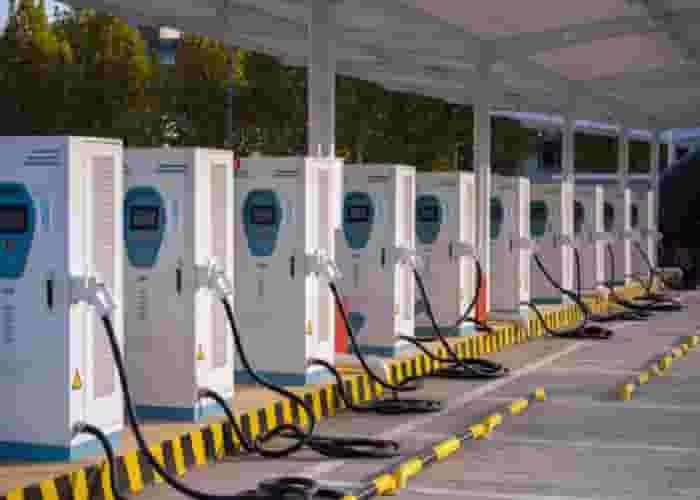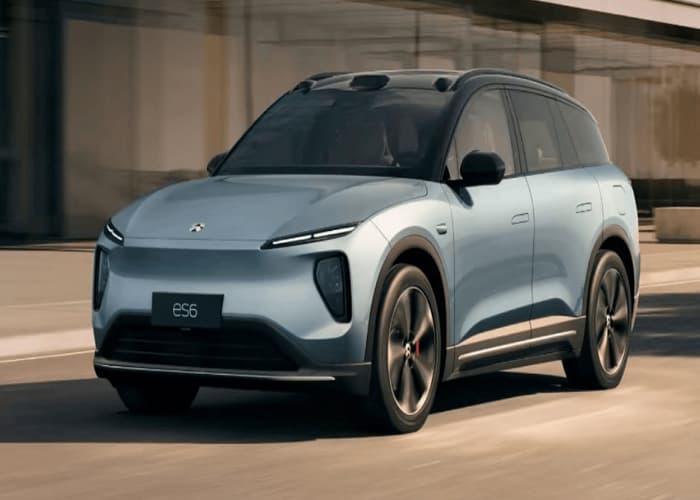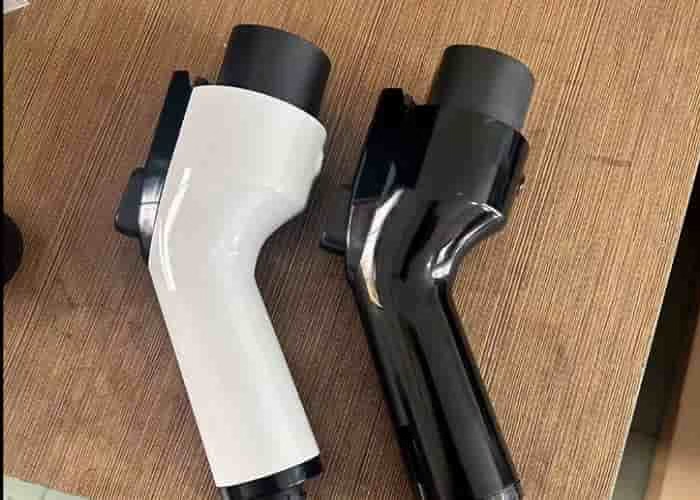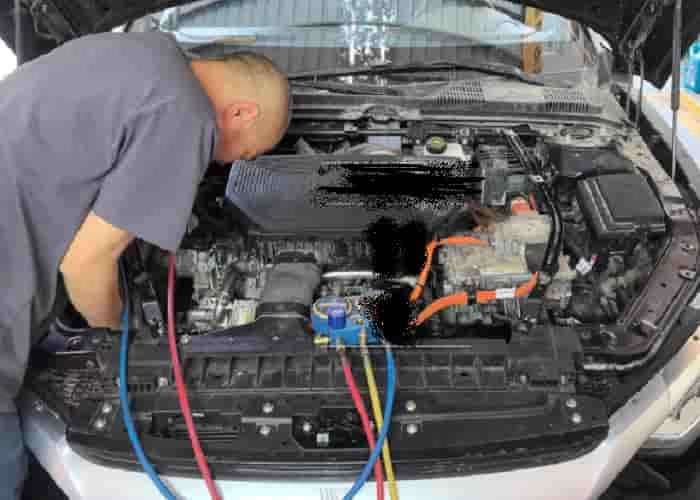How about NIO’s battery swap station? Today, when the anxiety of recharging new energy vehicles is still plaguing the industry, NIO, with its subversive thinking of “separating the car from the battery”, has turned the battery swap station into a “power port” for users to travel. These steel fortresses distributed in the urban network not only redefine the efficiency of recharging, but also build a futuristic energy service network.
Technical deconstruction: 5-minute energy renewal
Each NIO second-generation battery swap station contains precise mechanical wisdom. The recognition matrix composed of 13 sensors can complete identity authentication and battery positioning the moment the vehicle enters. The hydraulic lifting system lifts the body with millimeter-level accuracy, and the unlocking mechanism completes the overall replacement of the battery pack within 90 seconds through the synchronous rotation of 12 bolts. The whole process does not require users to get off the car, which is more relaxed than the traditional refueling experience. The third-generation station has increased the battery compartment to 21, and the daily service capacity has exceeded 400 times, which is equivalent to protecting the user’s travel radius around the clock.
Experience Revolution: The Terminator of Range Anxiety
When users plan long-distance self-driving, the navigation system will automatically calculate the layout of battery swap stations along the way and generate an intelligent path including the battery swap period. Actual measured data shows that in highway service areas, the average waiting time to complete the battery swap is only 7 minutes, which is much lower than the queuing time of charging piles. This “swap and go” mode allowed ES8 owners to create a record of 1,800 kilometers and 4 battery swaps in a single day during the Spring Festival travel rush, completely breaking the travel boundaries of electric vehicles.
Ecological value: “time bank” of battery assets
NIO’s original BaaS (battery as a service) model allows users to buy cars without having to bear the battery cost. The battery swap station becomes a “transit station” for battery circulation, and the system dynamically allocates battery packs in different health states through algorithms. This combination of “battery swap + energy storage” enables each battery to serve 3-4 users during its life cycle, which not only lowers the threshold for users to buy cars, but also improves the efficiency of battery use. It is estimated that the battery swap station network has helped NIO users save more than 2 billion yuan in car purchase costs.
Future vision: “nerve node” of energy network
As the third-generation battery swap station supports 800V supercharging platform, its peak power can reach 500kW, which can not only serve passenger cars, but also provide energy replenishment for logistics vehicles and energy storage equipment. This multi-scenario adaptation capability makes the battery swap station gradually become a key node of the smart city energy Internet. The concept of “electric zone house” that NIO is building, that is, residences within 3 kilometers of the battery swap station, is reshaping the user’s home purchase decision logic, making “energy replenishment convenience” a new dimension of real estate value-added.
While other car companies are still fighting in the arms race of charging power, NIO has built a three-dimensional competitive advantage including technology, experience, finance and ecology with battery swap stations. This strategy of upgrading simple energy replenishment to energy services may be the key to unlocking the password for the popularization of electric vehicles.








Leave a Reply